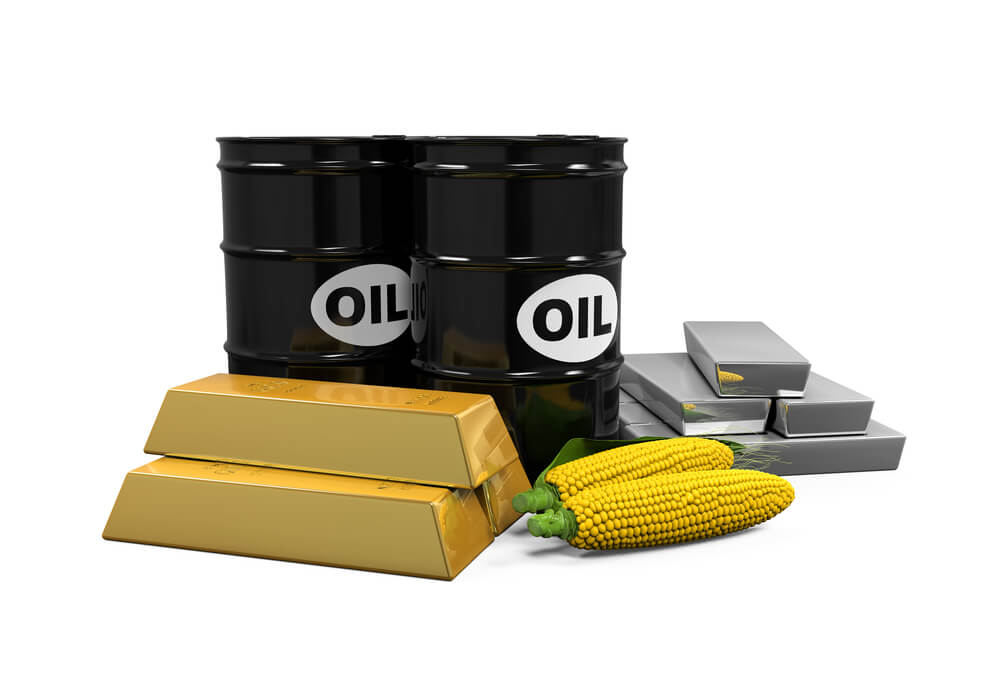Due to weather-related supply concerns and increased demand, the Investment Funds’ purchase led to a surge in agricultural products this year.
Corn futures jumped to their highest level since June 2013. Wheat climbed to a 7-year high, and soybeans reached an 8-year high.
The strength of corn spreads to wheat and soybeans, and the depreciation of the dollar also boosts agricultural products. It often makes U.S. grains more competitive in export markets.
In addition, strong demand from the livestock industry has boosted China’s imports of grains such as soybeans, corn, and wheat.
Also, as of April 22, the Commodity fund was a net buyer of corn, soybeans, wheat, soybean oil, and soybean meal futures contracts on the Chicago Board of Trade.
Corn, Wheat, and Soybean Supply Might Potentially Disrupt
Severe weather conditions have caused severe damage in several major corn-growing areas and delayed crop planting, especially in the U.S. and Brazil. The U.S. Department of Agriculture said that cold weather might slow the germination of newly sown corn.
As of April 18, the corn-sown area in the U.S. was 8%. The corn harvested from 2020 is also deteriorating.
Wheat exports set their most considerable weekly increase in the past two years due to the expected strong demand, further, due to declining output from Russia, the leading exporter.
Cold temperatures have threatened winter wheat crops in the southern plains and central states.
According to FranceAgriMer’s cereal harvest report, French wheat and barley harvests declined slightly for the second week.
As of April 19, an estimated 85% of soft French wheat in the week was in good condition. It slightly went down from 86% the previous week and 87% two weeks ago.
Global grain and vegetable oil supplies have been suppressing soybean futures to limit the biggest weekly gain since May 2019.
Strong demand from the livestock industry has increased china’s soybean imports. However, due to rainfall, imports from Brazil (the world’s largest exporter) fell to the lowest level since January 2017. American farmers plan to plant 87.6 billion acres of soybean this year, which is the highest level since 2018. Though, the cool and dry weather in the Midwest may damage the soybean harvest.











